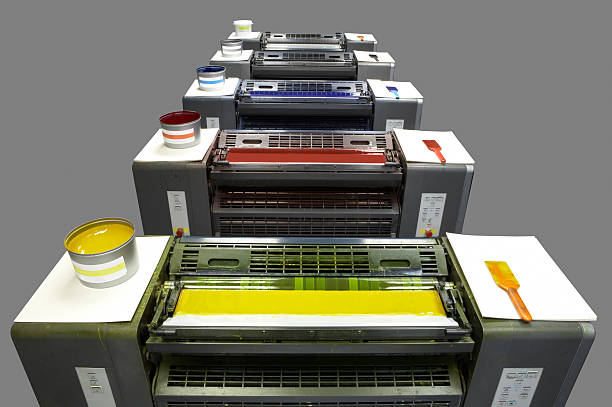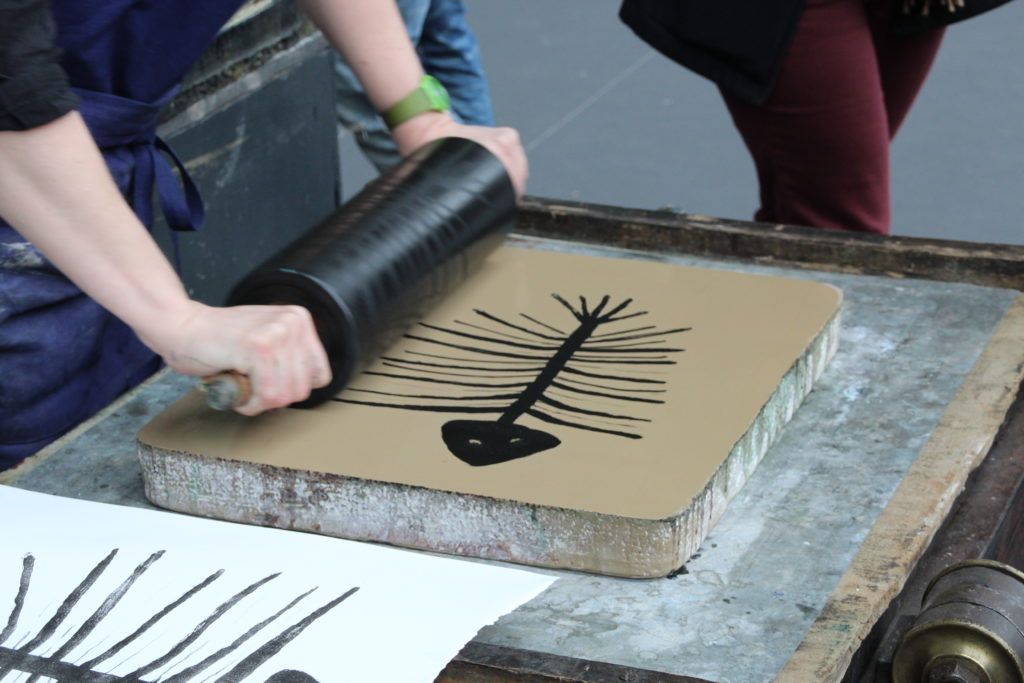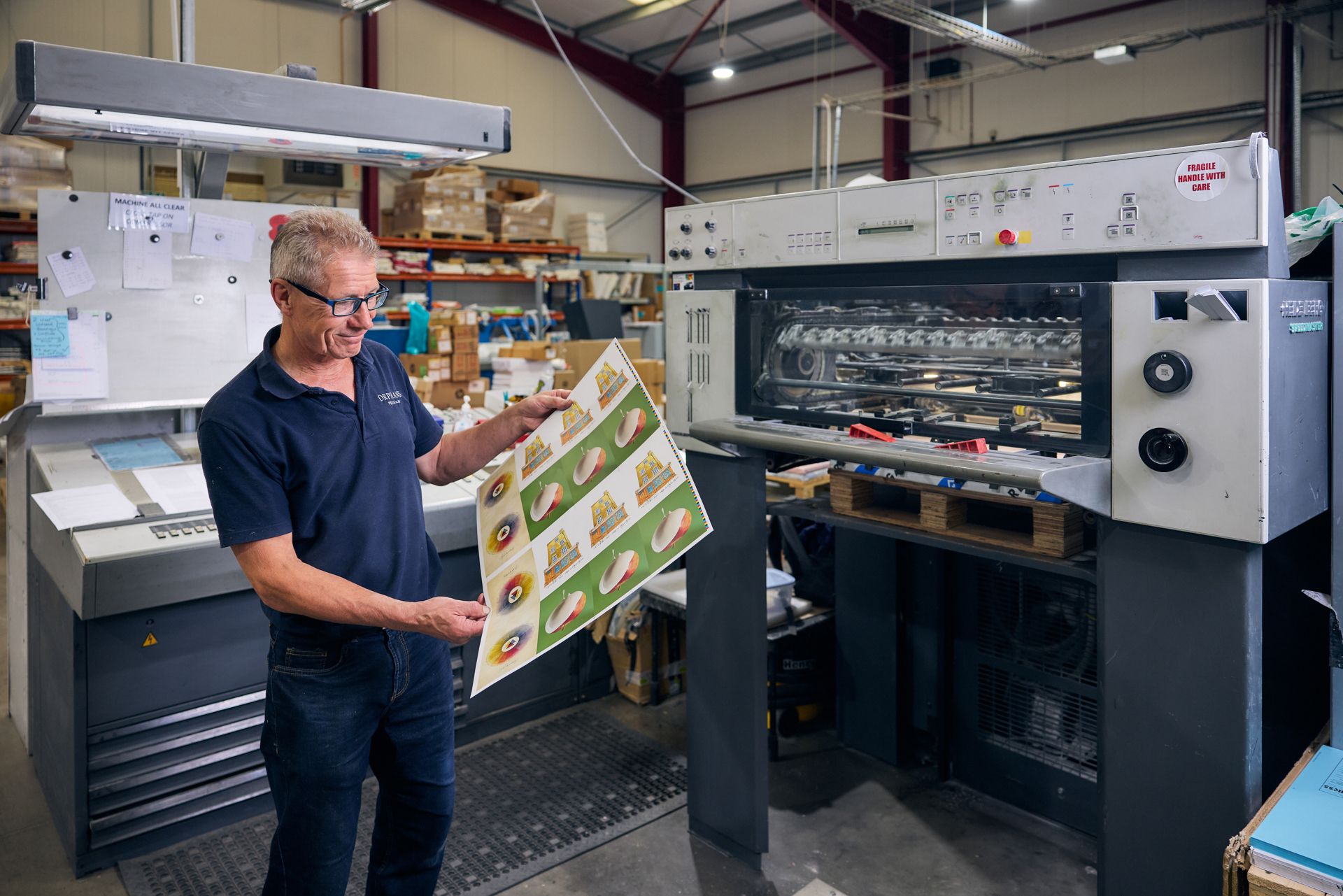litho printing vs Digital Printing: What to Understand
litho printing vs Digital Printing: What to Understand
Blog Article
A Comprehensive Overview to Comprehending Litho Printing Methods
The globe of litho printing, a strategy originating from the late 18th century, is a remarkable mix of background, scientific research, art and technology. Remain with us as we journey right into the fascinating world of litho printing.
The Historic Development of Litho Printing
The historic trajectory of litho printing, a critical innovation in the world of interaction, is an exciting tale of human resourcefulness. Birthed in the late 18th century by Alois Senefelder, this method was initially a cost-effective technique of releasing staged works. Lithography, derived from the Greek words for 'stone' and 'to write', utilized a smooth stone surface area to transfer images onto paper. The process progressed with the arrival of the rotary press, which substantially increased productivity (litho printing). In the 20th century, the innovation of countered lithography reinvented the sector, allowing for automation of high-quality prints. Each phase of litho printing's advancement showcases humankind's unrelenting quest of performance and high quality in visual communication.
Translating the Scientific Research Behind Litho Printing Inks
Moving on in the exploration of litho printing methods, the focus now moves to the scientific research behind litho printing inks. The make-up of these inks, their drying process, and color mixing methods develop the foundation of this complicated art type. Comprehending these elements is important to understanding the craft and achieving the wanted print outcomes.
Composition of Litho Inks
In lithographic printing, the fundamental function of litho inks can not be overstated. Pigments, the color-providing aspects, are finely ground bits put on hold in the vehicle, a fluid that brings the pigment onto the printing surface area. Each part plays a crucial component in the final print's high quality, making the accurate formulation of litho inks a detailed scientific research.
Ink Drying Refine
From the composition of litho inks, attention turns to the fascinating process of ink drying. 2 key methods are used in litho printing: oxidative drying and absorption. Absorption, on the various other hand, involves the ink permeating into the paper fibers, which is a quicker procedure however can lead to much less lively colors.
Shade Mixing Strategies
While the drying process plays a key function in litho printing, the scientific research of color mixing strategies holds equivalent value. This is an intricate procedure that involves the careful mixing of primaries: cyan, magenta, and yellow, in varying proportions to accomplish a wide selection of shades. The addition of black ink, called 'crucial', aids in regulating the strength and depth of the colors. The scientific research behind litho printing inks additionally takes into account the transparency of the ink, which affects just how shades overlay and mix. To accomplish an effective shade mix, print experts must also understand the details of ink behavior, shade concept, and the physical homes of the substratum on which the ink is used.
The Art and Design Elements in Litho Printing
Litho printing breathes life right into art and style via its special components. The process entails producing a picture on a lithographic limestone plate or steel plate with a smooth surface area. The image is after that published onto a tool, generally paper, by moving the ink from the plate. What collections litho printing apart is its capacity to reproduce detailed styles with high integrity, making the outcome virtually identical to the original artwork. This is achieved via the use of various line methods such as cross-hatching, hatching, and stippling, which enable a variety of tonal impacts. Moreover, litho printing accommodates a selection of shades, making it possible for musicians to create vibrant and vivid prints. This combination of precision and adaptability makes litho printing a recommended selection for lots of musicians and developers.
Modern Applications of Litho Printing Strategies
Litho printing strategies have actually discovered considerable usage in the contemporary industrial industry. Its influence and significance proceed to expand with the development of new advancements and innovations in the area. This area will certainly discover these modern applications and the transformative role they play in the printing sector.
Industrial Litho Printing Uses
In today's electronic age, one could question the significance of conventional printing approaches. Yet, litho printing continues to be an essential component of the business market. High-volume printing jobs, such as the production of books, newspapers, and product packaging, count on litho printing for its capability to deliver article source remarkable photo top quality and cost effectiveness. The process, which entails moving a tattooed picture from a plate onto a rubber covering and then to the printing surface, supplies unrivaled consistency. This makes it excellent for tasks needing a huge print run. Litho printing likewise supplies a wide color spectrum, exceptional to that of digital printing. This makes it the go-to choice for tasks that require vivid, top notch color recreation.
Developments in Litho Printing
Pressing the borders of typical techniques, modern-day innovations have sustained a host of innovations in litho printing. These innovations have not just enhanced the quality and effectiveness of litho prints however additionally increased its application scope. One noticeable growth is electronic litho printing, which combines the merits of digital innovation with litho's premium output. This crossbreed version provides faster configuration times, lowered waste, and makes it possible for on-demand printing. Another noteworthy improvement is the introduction of eco-friendly inks. These inks, made from veggie or soy-based remedies, have substantially minimized the market's ecological effect. litho printing. Additionally, the growth of innovative plate innovation has streamlined the printing procedure, causing sharper pictures and boosted shade integrity. These technologies underscore the long-lasting relevance of litho printing in the modern-day world.
Exploring the Refine of Litho Printing: Detailed

Obstacles and Solutions in Contemporary Litho Printing

Despite the precision and tradition that litho printing proudly upholds, it is not without its set of modern challenges. Digital litho printing enables for cost-efficient brief runs and easy personalization, resolving the problem of variable data. Therefore, while there are challenges, the litho printing industry is proactively adjusting to fulfill them head-on, guaranteeing its relevance in the future.
Final thought
In Discover More Here conclusion, litho printing, with its abundant history and clinical complexities, holds a substantial area in the print industry. As the overview reveals, it's a synthesis of art and technology, with modern-day innovations guaranteeing its significance. However, the sector deals with challenges that call for ingenious solutions, with a concentrate on automation and sustainability. The future of litho printing depends upon its ability to adapt to these transforming needs, verifying its enduring worth in an evolving market.

Report this page